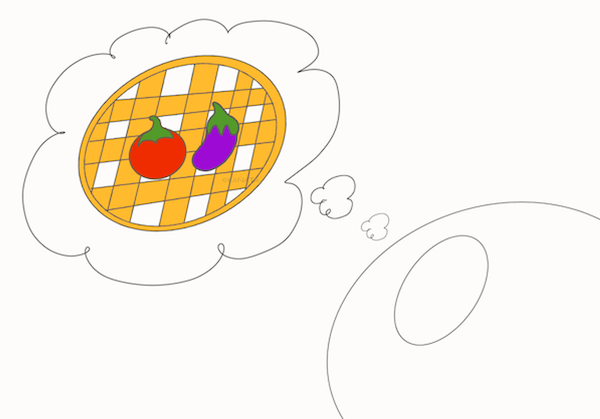Characteristics of Cell Membrane 2 - Semipermeable Membrane
Now, let's explain the properties of the semipermeable membrane present in the cell membrane.
Although it covers basic content, knowledge like this becomes important later on when studying physiology.
So make sure to listen carefully.
Thank you in advance!
What is a Semipermeable Membrane?
Actually, the explanation of a semipermeable membrane itself is very simple.
Yes!
Have you ever seen a kitchen strainer in your house, Cellnosuke?
Yes, I have one. I use it when washing vegetables at home.
In that case, do you understand that the kitchen strainer has small holes in it?
Yes, I understand.

In that case, it's simple. That is exactly what a semipermeable membrane is.
What do you mean by "exactly what?"
A semipermeable membrane refers to a membrane that has small holes through which small molecules can pass.
Just like a kitchen strainer, it has openings that allow only certain substances to pass in and out.
I see.
In physiology, it's important to understand that these small openings in the cell membrane are referred to as "pores" or "micropores."
Yes, I understand!
The cell membrane is structured as a semi-permeable membrane with pores.
In other words, the cell membrane itself has openings or pores.
This means that substances smaller than these openings can freely enter and exit the cell.
However, substances larger than the openings cannot pass through.
Specifically, substances like glucose and amino acids cannot enter the cell through the openings in the cell membrane due to size limitations.
But, teacher, what about substances that are necessary for the cell but cannot pass through the cell membrane?
That's a good question. This can be resolved through a process called active transport, where the cell uses energy to actively transport substances into the cell.
However, active transport will be covered in a separate lecture. Please wait for that.
Understood!
Any other questions?
No, thank you.
Alright then, that concludes today's lecture.
Thank you very much!
Let's not forget to solve a question at the end.
Semipermeable membrane